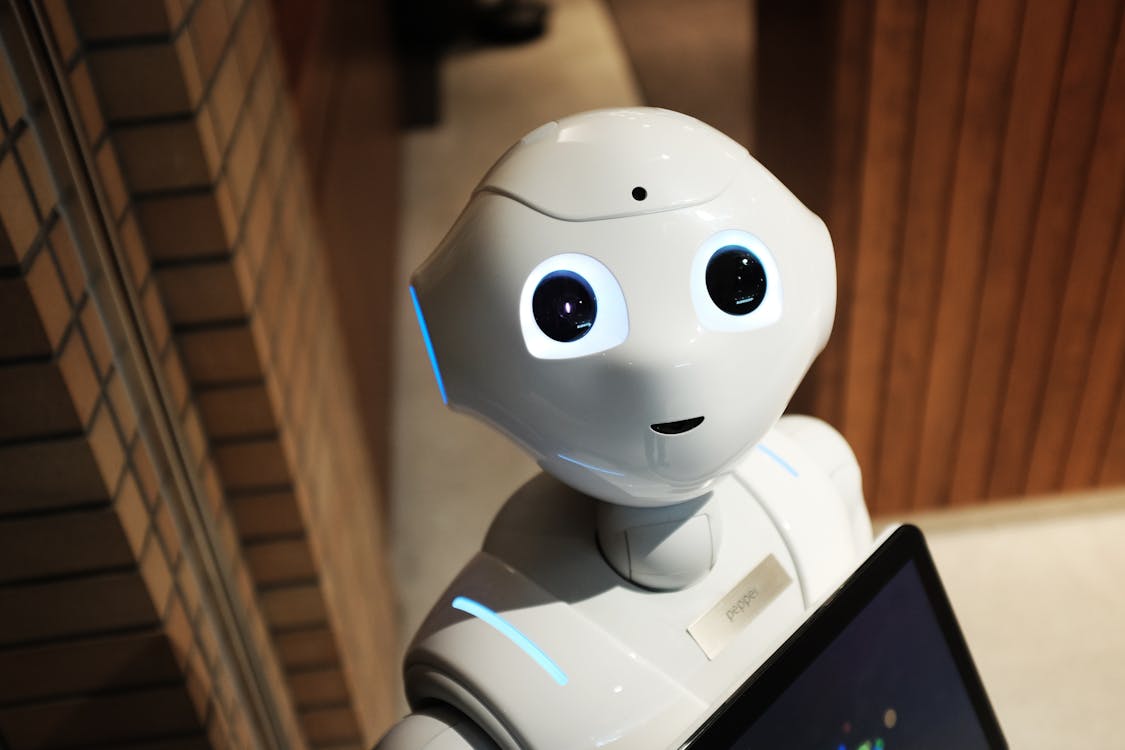
The Age of Humanoids: Why 2025 is the Year Robots Finally Walk Among Us
By Tech-NestX Team | Category: Robotics & Automation | Updated: 2025
For decades, robots were confined to cages. They were massive, dangerous orange arms that welded cars in factories, programmed to do exactly one motion perfectly. If a human got too close, the machine stopped. They were powerful, but they were "dumb."
In 2025, the cages are gone.
Thanks to the fusion of Generative AI (the brain) and advanced actuators (the muscle), we have entered the era of the General Purpose Humanoid. These are robots that walk on two legs, have hands like yours, and can learn to make coffee, fold laundry, or assemble an iPhone just by watching a human do it once.
1. The "Brain" Upgrade: Vision Language Action (VLA)
Why now? Why didn't we have these robots 10 years ago?
The hardware (motors and batteries) has been ready for a while. What was missing was the software. Old robots needed millions of lines of code to walk across a room without falling.
In 2025, robots are powered by End-to-End Neural Networks. They function like ChatGPT, but for physical movement. Instead of coding "lift arm 30 degrees," the robot looks at a cup through its cameras and thinks: "I need to grasp that." It learns physics through trial and error in a simulation, then applies it to the real world.
This is the concept of giving a Large Language Model (LLM) a physical body. It doesn't just understand text; it understands the physical world.
2. The Major Players in 2025
The race to build the "iPhone of Robots" is heated. Here are the leaders defining the market this year:
| Robot Name | Company | Primary Use Case |
|---|---|---|
| Optimus (Gen 3) | Tesla | Factory labor & Household assistance |
| Figure 02 | Figure AI (backed by OpenAI) | Warehouse logistics (BMW Partnership) |
| Atlas (Electric) | Boston Dynamics | Heavy lifting & Search and Rescue |
| Digit | Agility Robotics | Last-mile delivery & Amazon Warehouses |
3. Blue-Collar Automation: The Factory Revolution
The first place you will see these humanoids is not in your kitchen, but in the factory. The world is facing a massive labor shortage in manufacturing and logistics.

Humanoids are the perfect solution because the world is built for humans. We have stairs, door handles, and tools designed for human hands. A wheeled robot cannot climb stairs; a humanoid can.
In 2025, major car manufacturers like BMW and Mercedes are piloting humanoids to perform the "boring, repetitive, and dangerous" tasks, allowing human workers to focus on quality control and supervision.
4. The "Butler Bot": When Will It Do My Laundry?
This is the trillion-dollar question. Elon Musk predicts that the humanoid robot market will eventually be worth more than the car market. Why? Because everyone wants a butler.
While factory robots are here today, reliable home robots are the "Holy Grail." In 2025, we are seeing early adoption in wealthy households for simple tasks:
- Sorting Laundry: Identifying clothes and folding them.
- Tidying Up: Picking up toys or trash from the floor.
- Elderly Care: Helping seniors stand up or bringing them medication.
The challenge remains Safety. A 150lb metal robot falling on a child is a nightmare scenario. Therefore, home robots are heavily regulated with "Force Limiting" sensors.
5. The Economic Impact: Displacement vs. Creation
Will robots steal our jobs? The short answer is: Yes, the dangerous and boring ones.
However, history shows that automation creates new categories of jobs. In 2025, we are seeing the rise of:
- Robot Fleet Managers: Humans who oversee 50+ robots from a control room.
- Tele-Operators: When a robot gets stuck, a human jumps into VR to control the robot remotely and solve the problem.
- Robot Maintenance Techs: The mechanics of the future.